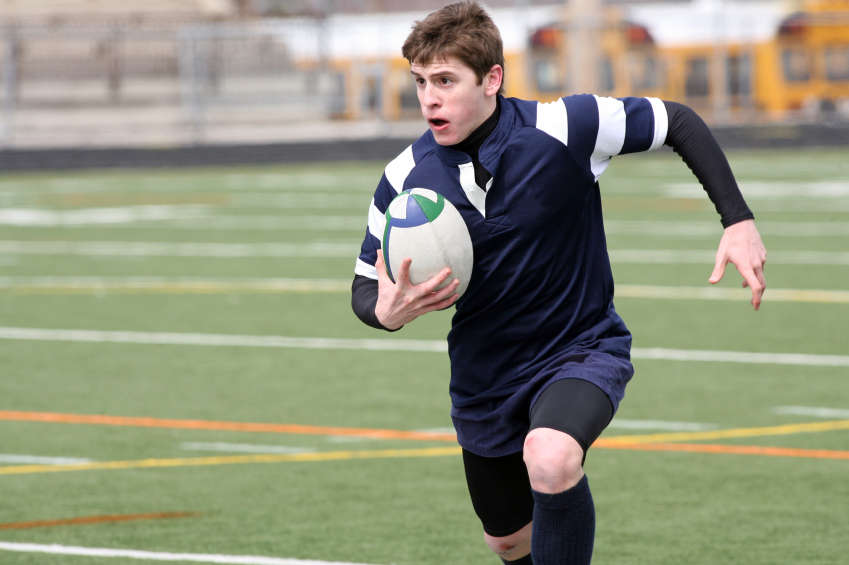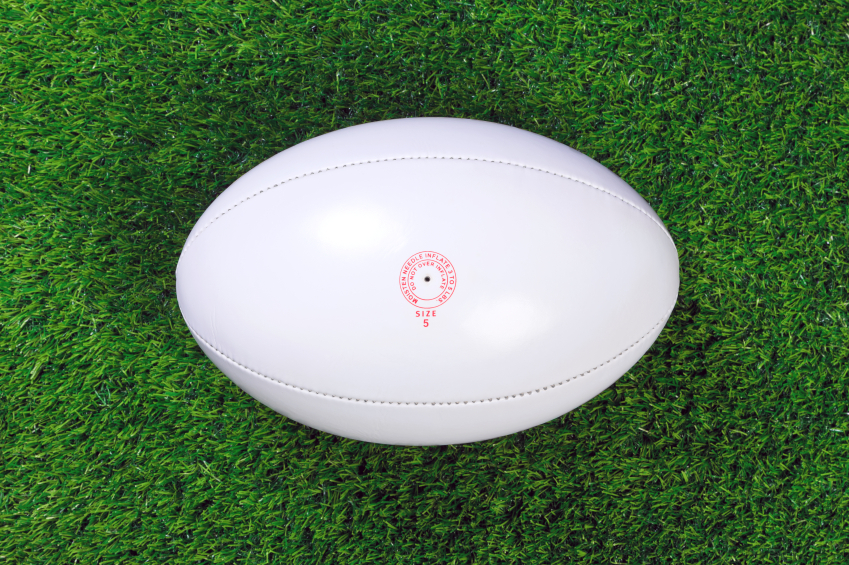Revolutionising Rugby
Revolutionising Rugby: the importance of 3G all-weather pitches in training and competition
Rough, ready, exciting and full-on. With levels of competition available for any enthusiast from 7-a-side to 15-a-side, rugby remains one of the UK’s most popular sports. Of course, after England’s recent Four Nations win over New Zealand rugby fever is only set to grow. If you are considering a sports pitch construction to maximise returns on this national obsession plan your facility with care – from the quality of the all-weather pitch to adequate protection and shelter for spectators.
Why are 3G pitches so important to Rugby?
Being a winter sport rugby is subject to the UK’s unpredictable weather. In the past this presented a multitude of problems in training and play alike. Freezing pitches in the winter and hard dried surfaces in the summer could be equally dangerous in terms of injury – not to mention hampering the quality of training and competition. Enter possibly the most revolutionary advance in sports pitch construction – the 3G all weather pitch.
Adaptable to a number of sports, 3G pitches have massive benefits for rugby in particular. The sand filled pile imitates the look and feel of natural grass – whilst soft polyurethane material reduces abrasion. That’s important in a full contact game! Apart from the comfort and safety of players, all-weather pitches are exactly that. Maintaining an even finish all year round and staying resistant to flooding, frost, and drying out, these synthetic sports surfaces maximise the ability of players to train and fixtures to go ahead no matter what our British climes throw at us.
There are also basic practicalities associated with all-weather pitches. For spectators it’s much easier to appreciate the match if players are not so caked in mud that you can’t tell which team is which. Reduction of potential injuries due to the 3G pitch’s slide control reduces interruptions to the game and maintains spectator excitement. Even aesthetically a 3rd generation pitch is pleasing – looking and feeling just like natural grass.
The revenue benefits of investing in an all-weather pitch at your rugby club
Installing a 3G pitch in a new sports pitch construction or replacing natural turf with an all-weather pitch doesn’t just improve play. It can also significantly improve revenue for clubs and stadiums alike. The success of commercial sports pitch construction depends on levels of use by players and spectators. 3G pitches reduce cancellation of rugby training and matches due to the weather – as well as promoting year-round training even out of season. It follows that your initial investment in an all-weather surface will reap dividends for your venue for years to come.
What do I have to do to maintain my all-weather pitch?
To meet the head impact criteria of both the International Rugby Board and the Rugby Football Union you must install an all weather pitch with a pile length of 65mm, fitted over a separate shock pad. Highly durable and resistant to boot studs, the maintenance requirements of such surfaces are not onerous. However you should ensure basic maintenance activities are undertaken from time to time. 3G pitches, like all artificial turf pitches, will need grass brushing and rejuvenation as well as moss and weed spraying approximately twice a year. However, the minimal costs of caring for your 3G pitch are far outweighed by the huge revenue benefits of offering this state of the art facility at your sports pitch construction. For a step by step guide to sports surface maintenance refer to our guide to protecting your synthetic sports surface for life.
What other Rugby related factors might affect my sports pitch construction?
Like any sporting venue the experience is not just about the pitch. It’s about matching your facilities to a multitude of potential users out there. If, for example, your rugby pitch is at a school then the main building may well already house the changing and toilet facilities players will need.
If however your sports pitch construction is a commercial venue you will need to consider spectator needs as well as player requirements. Bear in mind that rugby is a full contact winter sport. Spectators will need adequate seating as well as shelter from the elements. Consider installing rebound board sports fencing to protect your spectators from errant passes as well as generating advertising revenue for you through PA publicity installations.
Floodlighting is a mainstay of any rugby stadium. After all, there is no point in investing in a superb all-weather pitch if the early winter darkness prevents you from using it! Finally – but very importantly – ensure your sports pitch construction accommodates disabled players and fans of rugby alike. Our guide to achieving disability access will give you the low down you need. Follow these guidelines and you’ll ensure that your rugby venue ticks all the boxes and delights players and spectators alike for decades to come.

 01621 85 86 86
01621 85 86 86 


 News - Disability Access For...
News - Disability Access For...
Share this page!